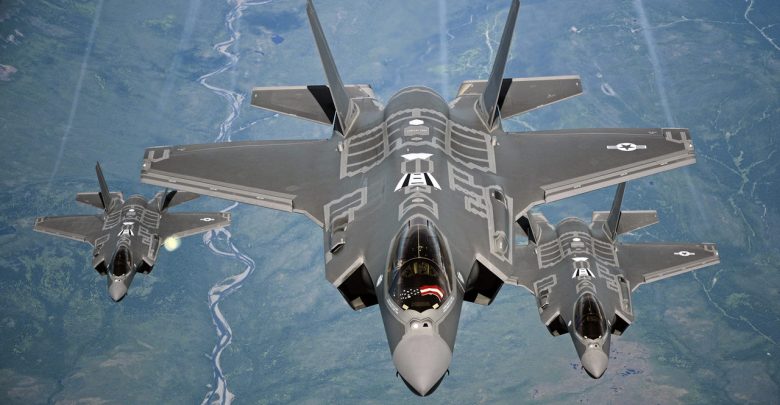
By Gary S. Goldman
People say that if you owe a bank $100 you have a problem. If you owe a bank $100 million, the bank has a problem. Big debts can make companies “too big to fail,” and encourage the lender to keep them going, no matter what the cost, in the hope that they can eventually deliver.
Something similar seems to be happening with military appropriations, where Lockheed Martin “owes” the federal government hundreds of F-35 Joint Strike Fighters that it can’t manage to deliver at an affordable price. And that’s a problem for all taxpayers, far more than it is a problem for Lockheed stockholders.
The Washington Post recently noted that the F-35 Joint Strike Fighter “is still the single most expensive program in U.S. military history, which the Pentagon has estimated at over $400 billion.” But the military is now decades into the F-35 program, and apparently it doesn’t think it can afford to end it. Instead, it’s planning to make the big problem even bigger; the Pentagon wants to pay $34 billion for an additional 470 F-35s. That, according to the Washington Post, is something “the Pentagon touted as a cost-saving measure.” That’s a funny way to save money.
The Joint Strike Fighter seemed like a bad idea from the start. Lockheed promised to deliver one jet that could be modified into three versions -- the F-35A, F-35B and F-35C -- for use by the Air Force, the Navy and the Marine Corps. “At its dawn, the F-35 was projected to be four times more effective than older, legacy fighters in air-to-air combat, eight times more effective in air-to-ground combat, and three times better at reconnaissance and suppression of enemy air defenses. Design goals called for the JSF to be the premier strike aircraft through 2040,” Popular Mechanics magazine wrote a few years ago. Instead of solving problems, the jet caused them, as it consistently blew through budget caps and failed tests.
A few examples, cited by Popular Mechanics: “In 2004, the F-35B was more than 2,000 pounds overweight, unable to meet its performance goals. In 2006, the Government Accountability Office (GAO) warned that, as a result of the policy of concurrent development, retrofitting aircraft with systems that were not fully functional or working as intended could be terribly expensive. By 2013, the cost of retrofitting was put at $1.7 billion.”
Since then, the aircraft has been deemed airworthy, but it has continued to struggle. “F-35 aircraft performance is falling short of warfighter requirements—that is, aircraft cannot perform as many missions or fly as often as required,” the United States Government Accountability Office bluntly put in this year.
GAO blames, in part, a shortage of spare parts. Yet the Pentagon itself admits Lockheed may have billed it for parts the contractor didn’t deliver. An Inspector General report reads: “We determined that the DoD did not receive RFI F35 spare parts in accordance with contract requirements and paid performance incentive fees on the sustainment contracts based on inflated and unverified F35A aircraft availability hours.”
The F-35 also has safety and reliability questions. For example, an internal Pentagon report last year found that some F-35s may be able to fly only 2,100 hours, instead of the 8,000 service hours they were supposed to deliver. Meanwhile, testing indicates the jet’s weapons system often miss their targets. That puts our troops on the ground at risk.
Having one air frame was supposed to save money and form the backbone of a more effective overall fighting force. But instead of the tool serving the military, it seems as if the military is serving the tool.
The F-35 is a disaster. The program is too big, and has failed. Let’s recognize the sunk costs, and not toss more cash at this money pit.
Gary S. Goldman is the nationally recognized host of “Business, Politics, & Lifestyles” a weekly talk show airing on WCRN 830 in Metro Boston MA. Learn more at garyonbpl.com.





Leave a Reply
Thank you for your response.
Please verify that you are not a robot.